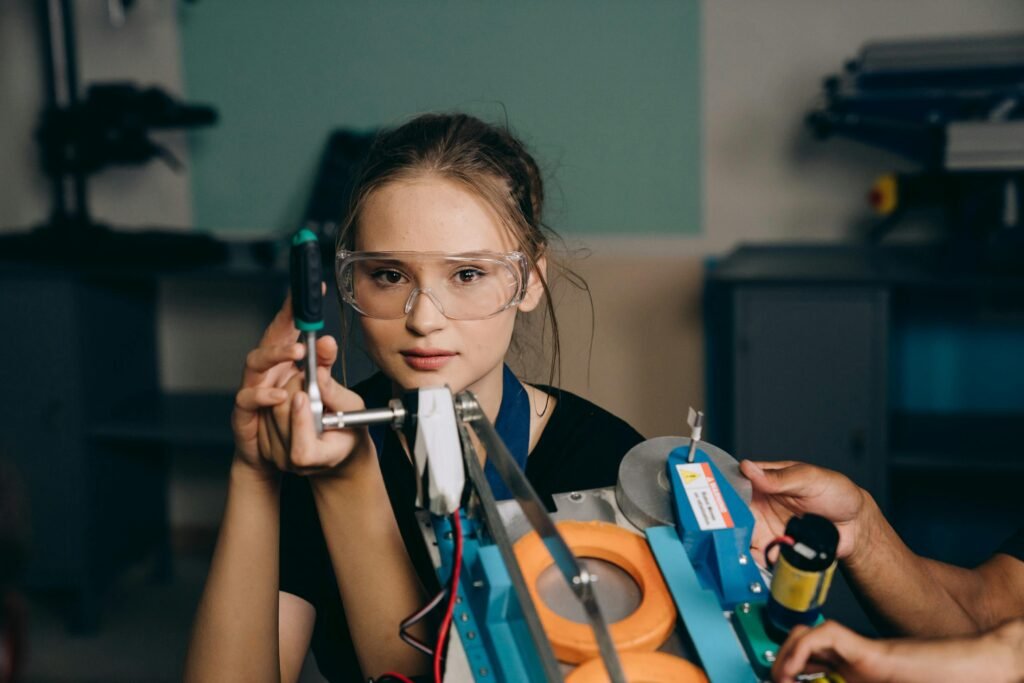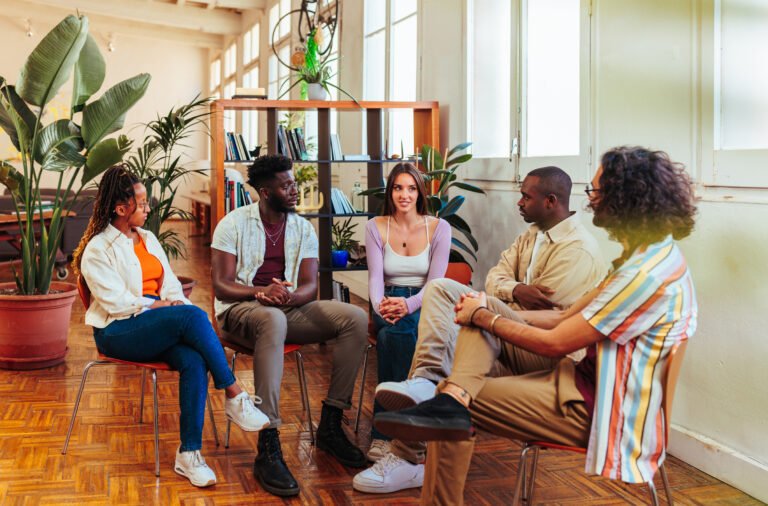
Invention is the process of identifying problems and creatively developing practical solutions through experimentation, prototyping, and iteration, empowering individuals—including young inventors—to transform ideas into real-world innovations.
Ever wondered how some people just come up with genius ideas out of nowhere? Invention isn’t just magic—it’s a process you can learn and practice. I think this part is so powerful because anyone, really, can be inventive. Let’s unpack how you can find solutions in your everyday life and turn your ideas into something real.
Understanding the process of invention
Understanding the process of invention is like learning the steps to turn a wild thought into something you can actually hold or use. You know that spark when an idea suddenly clicks? That’s just the start.
First, notice a problem that bugs you — maybe a small daily hassle. Then, think about how you might fix it. It’s kind of like solving a puzzle where every piece counts.
Here’s a quick rundown:
- Identify the problem: Ask yourself, “What’s annoying or could be better?” This is your starting point.
- Brainstorm ideas: Don’t judge your thoughts. Wild and crazy ideas often lead to the best inventions.
- Create a simple model: Even a rough sketch or a makeshift prototype helps bring your idea closer.
- Test it out: See if your idea actually works or needs tweaking. It’s okay if it doesn’t work at first — learning happens here!
- Improve and share: Get feedback from others, and don’t hesitate to revise your invention.
Honestly, invention is a bumpy but exciting path. Like giving your brain a bubble bath — it relaxes and refreshes, helping ideas flow easier.
And just so you know, according to a study by the National Inventors Hall of Fame, many successful inventors started with small, everyday problems. So, your daily annoyances? They’re actually treasure chests waiting to be unlocked.
Tips for young inventors to start creating
Tips for young inventors to start creating might surprise you — it’s more about curiosity than fancy tools. You don’t need a lab to begin. Heck, your kitchen table works just fine.
Here’s how to get going without stress:
- Ask lots of questions: Why does this work? How could it be better? This mindset fuels invention.
- Keep a notebook: Jot down ideas, sketches, or sudden thoughts. Even half-baked ideas matter.
- Start small: Build simple models using household items. It’s like crafting, but with a purpose.
- Experiment often: Try your ideas, and don’t worry if they fail — it’s all part of learning.
- Find feedback: Share your ideas with family or friends. Sometimes others see possibilities you don’t.
Honestly, starting feels like dipping your toes into a lake before jumping in. I thought—wait, maybe not so fast—but once you dive, it’s pretty exciting.
According to the U.S. Patent and Trademark Office, many young inventors improve fast by embracing failure early. So, be patient and keep tinkering—you’re on the right track!
Further exploration and resources for inventors
Further exploration and resources for inventors can really boost your invention journey. You know how picking the right tools can make all the difference? It’s like having a good map when you’re exploring new places.
Here’s where you can dive deeper and find support:
- Online tutorials and workshops: Websites like Khan Academy or YouTube offer free lessons on basic engineering and design.
- Local maker spaces: Many U.S. towns have community workshops with tools and mentors. They’re perfect for hands-on learning.
- Invention clubs or groups: Joining a club connects you with others who share your passion. Plus, you get feedback and fresh ideas.
- Books and magazines: Check out titles like “Invent It, Sell It, Bank It!” for practical tips and inspiring stories.
- Patent resources: The U.S. Patent and Trademark Office website guides you through protecting your invention. It’s simpler than you might think.
Honestly, exploring these resources feels like putting on a new pair of glasses—everything becomes clearer and more exciting.
And hey, did you know that inventor Thomas Edison once said, “I have not failed. I’ve just found 10,000 ways that won’t work”? So keep exploring, because each step teaches you something new.
How to share and improve your invention ideas
How to share and improve your invention ideas is a big step, and honestly, it can feel a little scary. But don’t worry — sharing your ideas helps them grow stronger, like watering a plant.
Here’s some easy ways to get started:
- Talk to friends and family: They can spot details you might’ve missed. Plus, fresh eyes are great for new ideas.
- Join online inventor communities: Places like forums or social media groups connect you with people who get what you’re doing.
- Be open to feedback: Remember, criticism isn’t about failure—it’s about making your idea better.
- Document everything: Keep notes on changes and suggestions. It’s like building a roadmap for your invention.
- Protect your work: Learn about patents or copyrights early. The U.S. Patent and Trademark Office website helps with simple guides.
Honestly, sharing feels like launching your idea into the world. Exciting, right? And yes, there might be bumps—but that’s how inventions get their wings.
Remember, the famous inventor Alexander Graham Bell said, “Great discoveries and improvements invariably involve the cooperation of many minds.” So, find your team and keep creating.
Wrapping up
Invention is really about following your curiosity and being brave enough to try new things. It’s okay to make mistakes—that’s part of the journey. Every idea, no matter how small, has the power to grow.
Remember, sharing your thoughts and getting feedback helps your inventions get better. It’s like having a team cheering you on, even if sometimes they ask tough questions.
So, think about one little step you can take today to explore your creativity. Maybe sketch a quick idea or ask a friend what they think.
Hey, it’s perfectly fine not to have all the answers—just give yourself permission to play around with ideas and breathe. You got this!
FAQ — your questions about invention answered
What exactly is an invention?
An invention is a new idea, device, or method that solves a problem or makes life easier.
How can I start inventing with limited resources?
Start small using everyday items to build models or prototypes—it’s more about creativity than fancy tools.
Can kids become inventors?
Absolutely. Many young people create great inventions by exploring problems and experimenting.
Is it okay if my invention fails at first?
Yes, failure is often part of the process and helps you learn what to improve next.
How do I protect my invention?
You can explore patents through the U.S. Patent and Trademark Office, which guides you on protecting your ideas.
Should I share my invention ideas early on?
Sharing ideas with trusted friends or inventor groups can bring helpful feedback and new perspectives.

A certified Heal Your Life® Coach with 20+ years in education and emotional development. Supports gifted teens in navigating anxiety, perfectionism, and identity challenges, while equipping parents with practical tools for lasting transformation. Sessions blend emotional healing, mindset mastery, and strategic empowerment.



